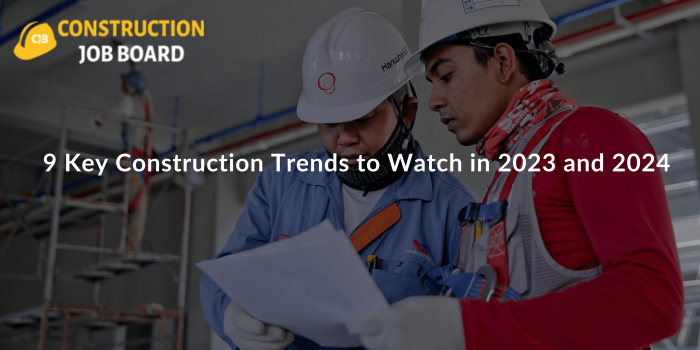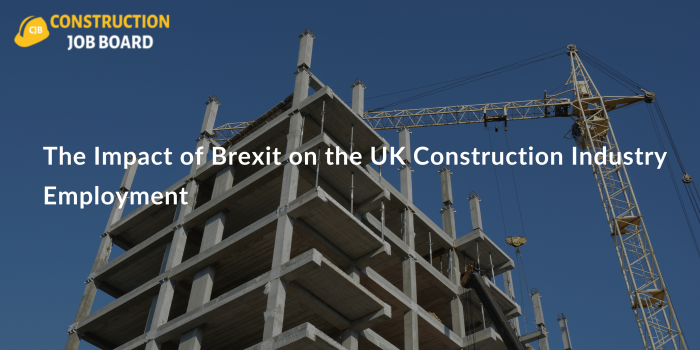The Future of Architecture and Design in the UK: Trends Shaping 2025
Jul 15, 2025

Explore Top Architect and Design Jobs in the UK (2025) – Where Creativity Meets Construction
With the rapid pace of the built environment, architecture and design professionals undertake a more significant role in shaping the future cities, buildings, and places, whether that be a new commercial building, a part of a committed sustainable living and building, or simply putting more design professionals on the map in 2025.
The career prospects for architects and design professionals in the UK has never been better, and we continue to see positive cyberspace of sustainability (environment, economic, and social) with both public and private demand for architects, interior designers, and other design roles on the increase. Both sectors need design professionals for the vast and immersive topics of sustainability, urban regeneration, and smart building technologies.
They need both creativity and engineering skill in professionals who can design and develop with meaning and purpose in terms of form and function. If you are interested in architecture and design combining creativity and engineering, this guide will help navigate the scene of architecture and design jobs and career paths, supported with useful information on opportunities, salary details, necessary skills and where to find a job.
Why Architect and Design Jobs Will Booming in 2025
The UK construction sector is experiencing a significant change in direction, driven by new approaches to architecture, such as urban regeneration projects, modular construction and climate-resilient design. This expansion beyond the traditional role of an architect has resulted in far-reaching demand for architectural talent.
According to the Royal Institute of British Architects (RIBA),
"Architecture is now centred around people, climate and culture, as opposed to buildings and construction alone. Architects today think in terms of systems, are innovative, and can lead on sustainability."
As architect and design jobs evolve from large urban masterplans into bespoke interiors, there is an abundance of exciting opportunities for creative professionals.
Main Responsibilities for architect and design roles
While duties will differ across levels and disciplines, below are expected responsibilities in typical architect and design roles:
- Developing architectural design concepts, sketches and models (3D)
- Preparing working drawings and design documents (with AutoCAD, Revit or Sketchup)
- Completing site assessments and feasibility studies
- Working with engineers, project teams and clients
- Ensuring compliance with planning permissions, building regulations or codes
- Overseeing project delivery and contractors on site
If delivery and implementation roles interest you more, please check out our open Site Engineer Jobs.
Top Skills and Qualifications Needed
For an architect and design jobs, candidates should combine artistic vision, technical skills and project management abilities:
Education
Bachelor's or Master's in Architecture, Interior Design or Urban Planning
For practicing architects in the UK, the RIBA Part 1, 2 and 3 exams are required.
Technical Skills
- Design Software (AutoCAD, Revit, Rhino, Adobe suite)
- Building materials knowledge, building codes and environmental standards
- BIM (Building Information Modelling) skills are a huge advantage
- Experience with the principles of sustainable design (BREEAM, LEED)
Also consider related positions as find in Structural Engineer Jobs if you think you are more technical with design.
Various Types of Positions in the Profession of Architecture and Design
- There are a number of specializations in the architectural profession such as:
- Architectural Designer – Specializing in design concept and early design ideas
- Project Architect – Specializing in the total project delivery from the design to construction phases
- Interior Designer – Aesthetic layouts, furniture placement, lighting, etc.
- Urban Planner – Developing master plans for the design of public spaces, and public transport network
Where to Find Architecture and Design Job Opportunities in the UK
In consideration of 2025, here are the top cities and regions providing excellent opportunities in Architecture and Design:
- London
As the epicenter of architectural design, there are an endless number of building and design projects in the residential, commercial, and government sectors.
- Manchester
With a number of cities on the path to regeneration, there is a high demand for urban planners and interior designers.
- Birmingham and Leeds
These cities should also provide opportunities in projects related to housing, education or transportation design.
Salary Trends for Architect and Design Jobs
Salaries in architecture and design vary based on experience, qualifications, and firm size. Below is the average pay range in 2025:
|
Role |
Average Annual Salary |
|
Graduate Architect |
£28,000 – £35,000 |
|
Mid-Level Architect |
£40,000 – £55,000 |
|
Senior Architect/Lead |
£60,000 – £75,000+ |
|
Interior Designer |
£30,000 – £50,000 |
|
Urban Planner |
£45,000 – £60,000 |
High-profile firms and international studios may offer salaries exceeding £80,000 for senior professionals.
How to Apply for Architect and Design Jobs
Ready to find your dream job? Use the Construction Job Board UK to access hundreds of current listings from trusted employers.
You can:
- Search by job title, city, or experience level
- Upload your CV and get matched with opportunities
- Set email alerts for new postings
- Apply directly to verified UK construction companies
Conclusion
Architect and design jobs are more than just creative roles—they're about making spaces liveable, functional, and future-proof. In 2025, there is a wealth of opportunity for innovative thinkers who want to influence the built environment.
UK Architecture & Design 2025: Frequently Asked Questions
Q1. What trends are shaping the future of architecture and design in the UK in 2025?
In 2025, UK architecture and design are being influenced by sustainable construction, smart building technologies, modular building systems, and large-scale urban regeneration projects. These trends are reshaping the industry to meet environmental goals and modern living needs.
Q2. Why is sustainable design becoming so important in UK architecture?
Sustainability is central to modern UK architecture as both the public and private sectors push for climate-resilient, energy-efficient, and eco-friendly designs. This ensures compliance with the UK’s net-zero carbon targets while delivering socially responsible solutions.
Q3. How is technology influencing architecture and design in 2025?
Technology is revolutionizing the industry with tools such as BIM (Building Information Modelling), AutoCAD, Revit, and Rhino. These digital solutions make design, planning, and construction more efficient, accurate, and sustainable.
Q4. What role do architects and designers play in UK cities today?
Architects and designers are shaping urban landscapes by leading regeneration projects, designing functional interiors, and developing inclusive, sustainable environments that enhance city living and community well-being.
Q5. Which UK cities are leading in architecture and design opportunities?
London remains the hub for global architectural innovation, while Manchester, Birmingham, and Leeds are emerging leaders through housing developments, transport infrastructure, and urban regeneration projects.














































